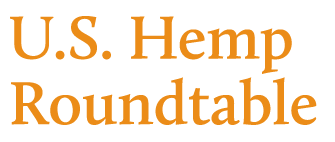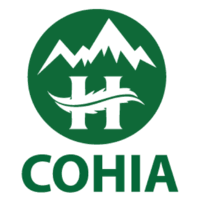Latest
The Hemp Marathon
PanXchange Blog
On May 5th, 2020, local officials in San Louis Obispo County, California, implemented stringent rules rendering hemp cultivation virtually impossible. Similar decisions have arisen in Humboldt County, Oregon, and Carson City, Nevada, and other cities and counties that have passed similar measures. These rulings continue, despite a federal decision to de-schedule hemp as a controlled substance and forty-seven individual states adopting some sort of hemp production legislation. Specific to San Louis Obispo County, local officials cited concerns with heavy water usage, the possibility of unscrupulous producers using a hemp cultivation license to grow marijuana for the black market, and pungent smells from terpenes that could interfere with nearby wineries. While these all are theoretically valid concerns to the public, a lack of publicly available information and the general stigma around the crop have played a role in these events unfolding.
Even though companies like Patagonia and Levi Strauss & Co. announced they would be incorporating hemp into existing product lines, the hemp industry is still in mile one of the marathon. The hemp industry is firmly embedded in the American economy as millions of investment dollars have poured into the space. However, education will continue to be the linchpin to removing any stigma around the plant and driving recurring consumer demand. Consumers vote with their dollars, and that same pressure will result in local officials amending restrictive measures. Ultimately an industry campaign and the collective goal of education must be prioritized.
How does the industry spearhead this movement?
Due to the COVID-19 outbreak, concerns with economic output and the longstanding changes that will impact day-to-day life are well-publicized. With the workforce confined to their households under varying social distancing orders, this shift creates areas of opportunity in the wake of significant changes to normalcy. According to recent publications from Forbes, internet traffic hits have risen between 50 and 70 percent. Industry members have access to free outlets to disseminate information through social media, and thoughtful content derived from objective findings will gain traction in a captive audience that is starving for topics that are not related to public health.
Although uncertainties due to the current economic outlook are at the front of many minds due to current events, the hemp industry has continued to rapidly transform from a nascent and niche sector to a sector that is just starting to realize it’s potential. The cannabinoid space is continuing to gain traction as brands build loyalty with consumers, and research on the effects of all cannabinoids is in full force. The crop of 50,000 end uses is starting to gain traction beyond the health and wellness sector as the industry is seeing hemp making its way into additional markets, competing as a direct substitute for markets such as textiles and animal feed applications. The industry has come a long way in terms of overcoming monumental hurdles with state and federal legislation. Although the progress to date is nothing to belittle, overcoming stigmas and misinformation is next on the list to continue industry momentum. Ultimately, responsible journalism and broadcasting stories, data, and findings through multiple types of media and platforms fuels growth as a community. Industry ebbs and flows are expected, especially in emerging markets, consumer demand and general acceptance remain the impending hurdle to clear in mile number two.









